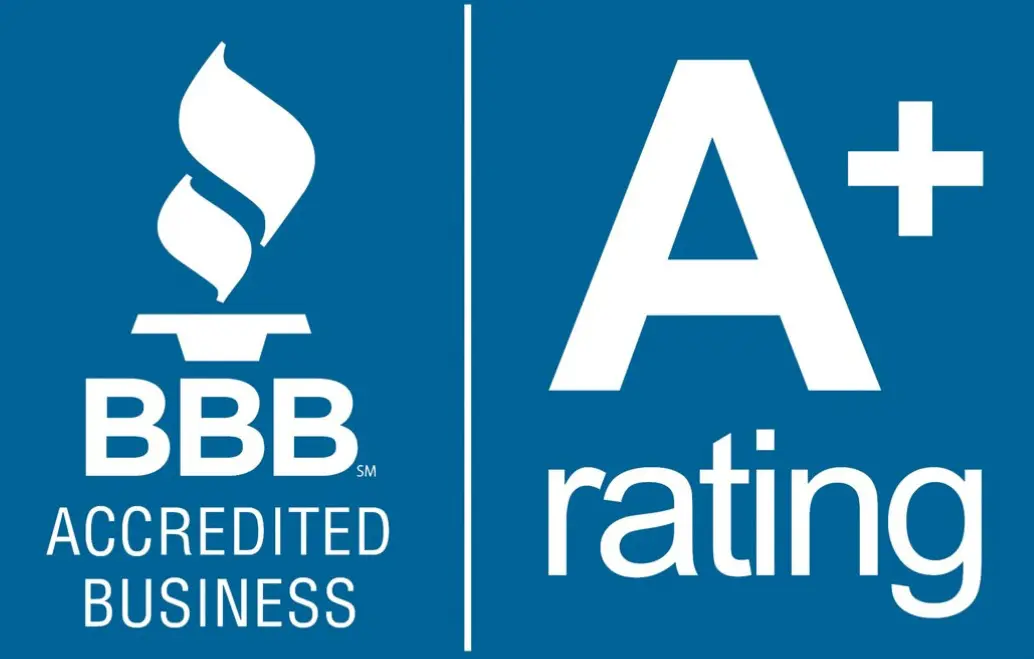Relationship Recruiting At Its Best

Karen Kahle has devoted much of her career to finding great talent for organizations at all levels. Her talent acquisition experience includes leadership roles in Specialty Retail, Commercial Real Estate, Technology, Financial Services and Executive Search with a focus in Private Equity. Currently, Karen is Managing Partner, Executive Search, Gray Parker Associates. Cisso Bean & Dutch extends its sincere thanks to Karen for contributing to our blog series. _
Recruiting valuable talent involves more than just using job boards or having a strong social media platform. The best talent is often identified through the relationship recruiting process. Establishing connections with everyone you meet in the recruiting process and nurturing those relationships over time is essential to successful recruitment. Many of the connections will involve casual interactions upfront that build trust over time and eventually result in hiring the person. So, what should you consider to ensure relationship recruiting works for you? These tips are a good place to start.
1. Target your approach.
According to the U.S. Bureau of Labor Statistics (May 2024) , the unemployment rate has held steady at 4.0 percent with a slight shift back towards an employer-driven labor market. Before rushing into filling an open position, plan your strategy and determine where you will target your efforts. Ask yourself – who are the individuals who have the qualifications for the job, where are they located (e.g., competitors, similar businesses, specific industries), who do you know that can provide good referrals, and how do you gain access to this pool of passive talent?
Keep in mind, great talent receives many phone calls about job opportunities. This is especially true when sourcing executive-level talent as well as highly skilled or sought after candidates who are typically not inclined to view job postings. Making these connections and building relationships with this passive talent pool, even if not a match for your current opening, can prove to be a strategic connection for the future. Spend less energy researching and posting to numerous job boards and more time on a targeted direct approach to build your talent pipeline.
2. Perfect your brand presentation (The Elevator Pitch).
You’ve probably heard the adage “you only get one chance to make a first impression.” As much as this may seem like a cliché, it is extremely relevant in making your first contact with a prospect. It is critical to have a 60 second spiel (your elevator pitch) prepared that includes the career opportunity you plan to present as well as the employment value proposition. You should be prepared to highlight selling features of the company, culture, and the opportunity. In order to capture the attention of the prospect – and eventually establish a good rapport – you have to be confident in your presentation. Rejection is always a possibility, but most prospects will be both appreciative and flattered by the call. Even if the prospect isn’t interested in the opportunity, he/she will remember you by the confidence in your pitch and will be more likely to refer you to a colleague or to reach out in the future based on how you presented your company and opportunity.
Recruiting top talent is still about relationships and trust with a focus on your company’s brand. Not only does your company need to have a crystal-clear mission with a consistent message across all social platforms, you as the recruiter have to be able to authentically articulate it to the prospect on the other end of the phone. Recruiters who do it best excel at marketing the opportunity with confidence and developing rapport and trust with their prospects.
3. Invest in Recruitment Tools and Technologies.
It would be challenging today to manage the talent acquisition process without technology, and nearly impossible when dealing with passive talent who did not apply for a job nor submit a resume. The use of mobile, video, and social media are all essential tools in the recruitment climate today. Another key recruitment tool worth the investment is a Candidate Relationship Management (CRM) System. A CRM system helps you organize your pipeline of talent, and also tracks your interactions with them over time.
Today’s talent pool expects timely, relevant follow-ups and requires more than rote, impersonal correspondences. Separate yourself from the masses by elevating the candidate experience (and potential prospect experience) while seamlessly leveraging the full capabilities of recruitment technology.
A CRM System allows you to communicate with and market effectively to your candidate pool, and it provides reporting capability on key metrics such as time to fill, source of hire, and cost per hire. When speaking with talent prospects, capturing their information through the use of technology eases the flow of the interaction and builds conversation history for future contact. Candidates’ status will change as their professional and personal lives evolve. A CRM System helps you track and organize this type of information, which ultimately helps you build a Talent Community.
4. Leverage Your Network and Maximize Every Connection.
Some of the best industry knowledge and talent intelligence you can acquire can come from direct call connections. Whether it’s a recommendation of a notable organization or business society to tap into or a great referral – the connection is invaluable. You may also find that your search needs to be revamped because the desired qualifications and experience do not align with industry norms or the talent you’ve been sourcing.
Leads turn into other leads and referrals. In your direct recruiting calls, don’t be afraid to ask for a referral or an industry contact that may be able to support your search. However, it’s key to close the loop properly with a prospect even if there is no job match. This “relationship” makes it easier to reconnect and introduce a new opportunity to the prospect in the future. In addition, a courtesy offer to share best practices and to stay in contact helps build the relationship even further.
Final Thoughts
One of the most important factors to recognize in the relationship recruiting process is that it takes time. Relationship recruiting doesn’t always have an immediate return on investment. It is typically a process that pays dividends over time. If you aren’t already, get comfortable with making old fashion cold calls to a potential candidate or proactively asking for referrals. This isn’t always an easy process, but remember that most individuals are receptive to a phone call to learn about a new opportunity, even if they end up not being interested at the time. Remember, be laser focused on where to source, perfect your elevator pitch, use effective recruitment technologies, and maximize every connection to secure the most valuable talent.
Happy recruiting!

